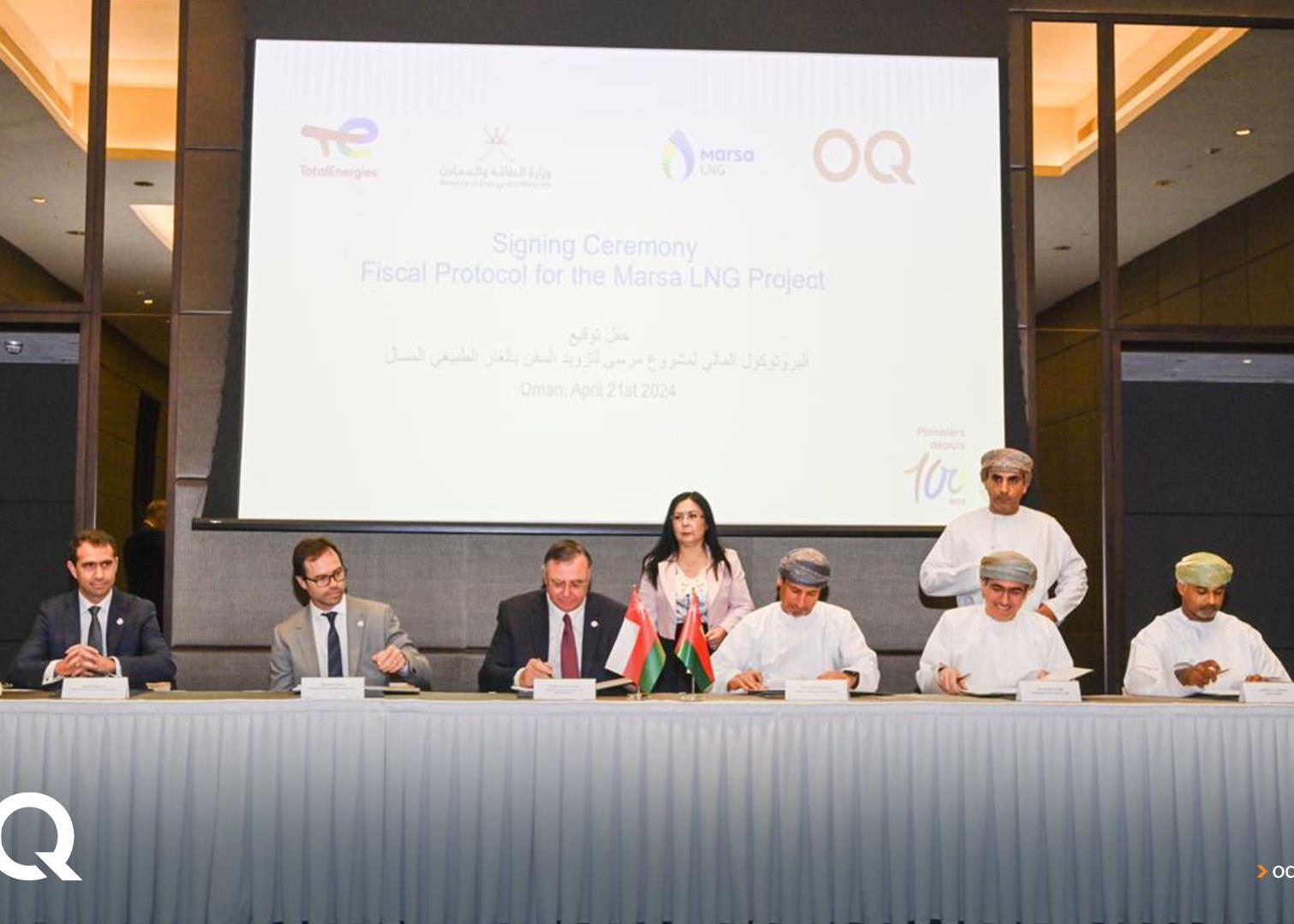
There has never been a busier time for Middle East ports. From the $1,000 million Tangier Mediterranean (Tang-Med) project near the Atlantic ocean to the estimated $300 million rehabilitation and expansion of Salalah port on the Indian ocean, every country in the region is expanding or building port infrastructure in an investment programme worth billions of dollars (see projects table).
The petro-dollar boom of recent years has made port expansion a priority. Massive surges in petrochemical, aluminium and free zone derivative product exports have left many ports struggling to cope with the increased throughput. Even the region's largest port at Jebel Ali in Dubai, which, with handling capacity of just over 6.4 million 20-foot equivalent units (TEUs), is the 10th largest in the world, has had to make some ships wait for berths to free up in the last year. In the UAE, non-oil exports jumped from $22,900 million in 1999 to $38,700 million in 2003, while imports rose from $27,900 million to $41,700 million. Region-wide, container activity has increased by an average of 18.4 per cent over the past two years, making it the third fastest growing market in the world, after the Far East and Eastern Europe. More than 19 million TEUs passed through the region's ports in 2004, almost double the amount handled seven years ago. 'It is fair to say that this high level of growth was not anticipated by anyone in the ports, shipping or shipbuilding sectors,' says United Arab Shipping Company (UASC) Middle East vice-president Waleed al-Dawood. 'What we are now seeing is to some extent a reaction to this massive leap in trade volumes. Ports are having to expand their handling capacity in order to cope.' The sea has always played an important part in the economic fortunes of the Middle East. For centuries, coastal communities on the Gulf relied on the pearl industry and fishing for much of their income. Today, although the pearl divers are just a distant memory, the oceans still serve a vital role for local economies, carrying the massive container ships which import and export more than 90 per cent of the region's trade around the world. Despite their pivotal role, most ports in the region have suffered from years of underinvestment. Capital-intensive and rarely profitable, governments paid little attention to their ageing and often decrepit maritime infrastructure. 'Ports were by far our biggest headache,' says one major petrochemical producer. 'Shipments were often left idle for days outside the harbour waiting for slots to open up, while customs procedures caused even more delays. It was like banging your head against a brick wall.' Ports have long lagged behind developments in the shipping industry. Container vessels have been getting bigger and wider, with alongside draught depths of up to 19 metres. But capacity and cargo handling times are not the only problems. Coupled with the recent leap in trade volumes has been a shift in the way freight and cargo has been transported. The majority of the region's ports were originally designed to handle general bulk goods. 'Over the past 20 years, there has been a switch from traditional bulk to container transport services,' says Eleanor Hadland, head of ports, at the UK's Drewry Shipping Consultants. 'This has necessitated investment in port facilities, as equipment, berth lengths and draught depths have to be adapted to cope with this conversion.' To cope with pressing investment demands, governments have turned to the private sector for help, outsourcing port management and operations to independent operators. July saw the outsourcing of one of the last remaining government-operated ports in the GCC, when Bahrain's Finance Ministry selected Netherlands-based APM Terminals, part of Denmark's Maersk, as the preferred bidder for the 25-year concession to operate Mina Salman port and the
You might also like...

Contractors win Oman Etihad Rail packages
23 April 2024

Saudi market returns to growth
23 April 2024

Middle East contract awards: March 2024
23 April 2024

Swiss developer appoints Helvetia residences contractor
23 April 2024
A MEED Subscription...
Subscribe or upgrade your current MEED.com package to support your strategic planning with the MENA region’s best source of business information. Proceed to our online shop below to find out more about the features in each package.






